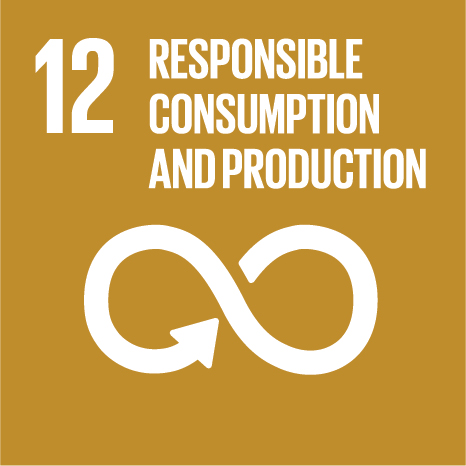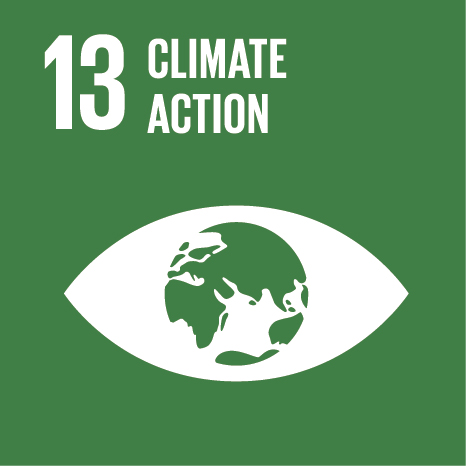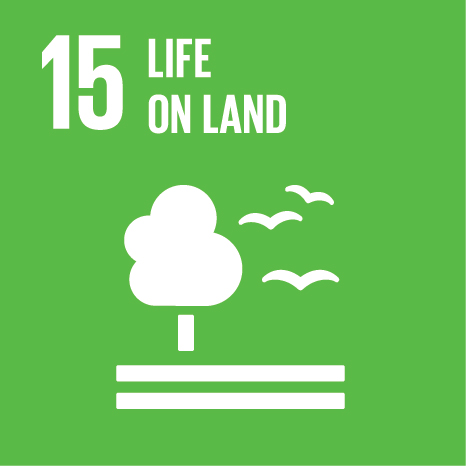Ciência_Iscte
Publications
Publication Detailed Description
Chinese drought, bread and the Arab Spring
Journal Title
Applied Geography
Year (definitive publication)
2012
Language
English
Country
United Kingdom
More Information
Web of Science®
Scopus
Google Scholar
This publication is not indexed in Google Scholar
Abstract
In 2011 winter drought in eastern China's wheat-growing region had significant implications beyond the country's borders. Potential crop failure due to drought led China to buy wheat on the international market and contributed to a doubling of global wheat prices; the resultant price spikes had a serious economic impact in Egypt, the world's largest wheat importer, where bread prices tripled. Quantifying the 2011 drought in China's wheat region with the Standard Precipitation Index identified extreme drought across the region that peaked in January 2011. Findings document the spatial extent and severity of the drought as the most serious on record and explain China's efforts to minimize the 2011 drought's domestic impact. The country's mitigation efforts had repercussions in Egypt where high food prices were a contributory factor to civil unrest. Tracking the drought – wheat price rise – protest trajectory suggests the potential direct and indirect links between natural hazards, food security and political stability at local and global scales.
Acknowledgements
--
Keywords
Drought,China,Egypt,Bread,Standard precipitation index,Arab spring,Wheat
Fields of Science and Technology Classification
- Physical Sciences - Natural Sciences
- Social and Economic Geography - Social Sciences
Contributions to the Sustainable Development Goals of the United Nations
With the objective to increase the research activity directed towards the achievement of the United Nations 2030 Sustainable Development Goals, the possibility of associating scientific publications with the Sustainable Development Goals is now available in Ciência_Iscte. These are the Sustainable Development Goals identified by the author(s) for this publication. For more detailed information on the Sustainable Development Goals, click here.

 Português
Português




